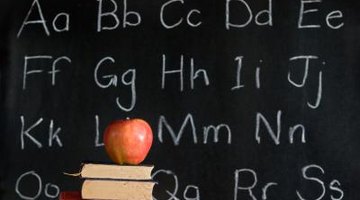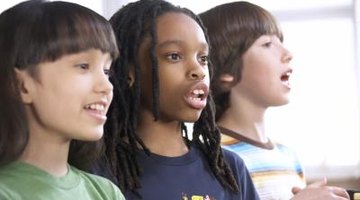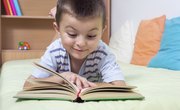Speaking a second language is an important skill for all people, both young and old. It has long been believed that children are better able to learn a second language. In actuality, it is not that children learn language better than adults, but that adults and children learn language differently. By understanding these differences and making adjustments to the learning process, all people can acquire a second language, no matter their age.
Processing Differences
There are distinct differences in the way an adult brain processes a foreign language when compared to the brain of a child. Dr. Paul Thompson of UCLA used MRI imaging and animation technology to view what parts of the brain adults and children use when learning a second language. What was found is that children use a part of their brain called the “deep motor area.” The “deep motor area” of the brain is responsible for processes that are not consciously thought about, like brushing your teeth or getting dressed. For children, processing a new language is second nature. Adults process language in a more active part of the brain, meaning that they think more consciously about language rather than it being intuitive (See Reference 1).

Proficiency Differences
One reason that it seems that children acquire a second language quicker than adults is because of the different standards of proficiency between adults and children. Children have a smaller vocabulary and it is easy to learn enough of a second language to communicate their needs. Adults have a much larger vocabulary and think and communicate in more complex ways than children. This means it takes them longer to acquire the ability to communicate effectively in a second language. Although it seems that children learn language quicker than adults, in actuality adults and adolescents have the edge (see Reference 2).

Pronunciation
Another reason that the myth persists that children learn second languages easier than adults is because of the child’s ability to adapt the proper pronunciation of a language. It is true that the younger a child begins to learn a second language, the better their pronunciation. Adults have a more difficult time adapting the pronunciation of a foreign language, and so sound less competent than a child who has the ability to speak a second language with the proper accent (see Reference 2).

Aging and Learning Ability
Another common misconception is that as people age, their ability to learn new a skill diminishes. In actuality, people do not lose their ability to learn as they age. The only challenges an older learner of a second language faces is the weakening of vision and hearing. The loss of hearing in particular can affect a person’s ability to learn a language in the traditional classroom setting. A healthy, older adult is perfectly capable of learning a second language (see Reference 3).

Learning Methods
Because children and adults learn differently and use different parts of their brains to process language, they way they are taught a second language should also differ. Exposing children to a second language at home as well as at school is essential to their learning. Singing songs, reading books and repetition of foreign words are all useful tools in helping a child learn a new language. Older learners, especially those with hearing and vision difficulties, may have difficulties learning in a traditional classroom setting. Working with a group that focuses more on understanding the language rather than perfecting pronunciation, and integrates new concepts into the adults preexisting cognitive structures will help the older learner succeed.

Related Articles
References
Writer Bio
Jamie Malone has always been passionate about writing and decided to pursue the craft professionally in 2009. She was published in the 2010 and 2011 "O' Cat Literary Magazine." She is a Magna Cum Laude graduate of California State University, San Marcos as a literature and writing major.











